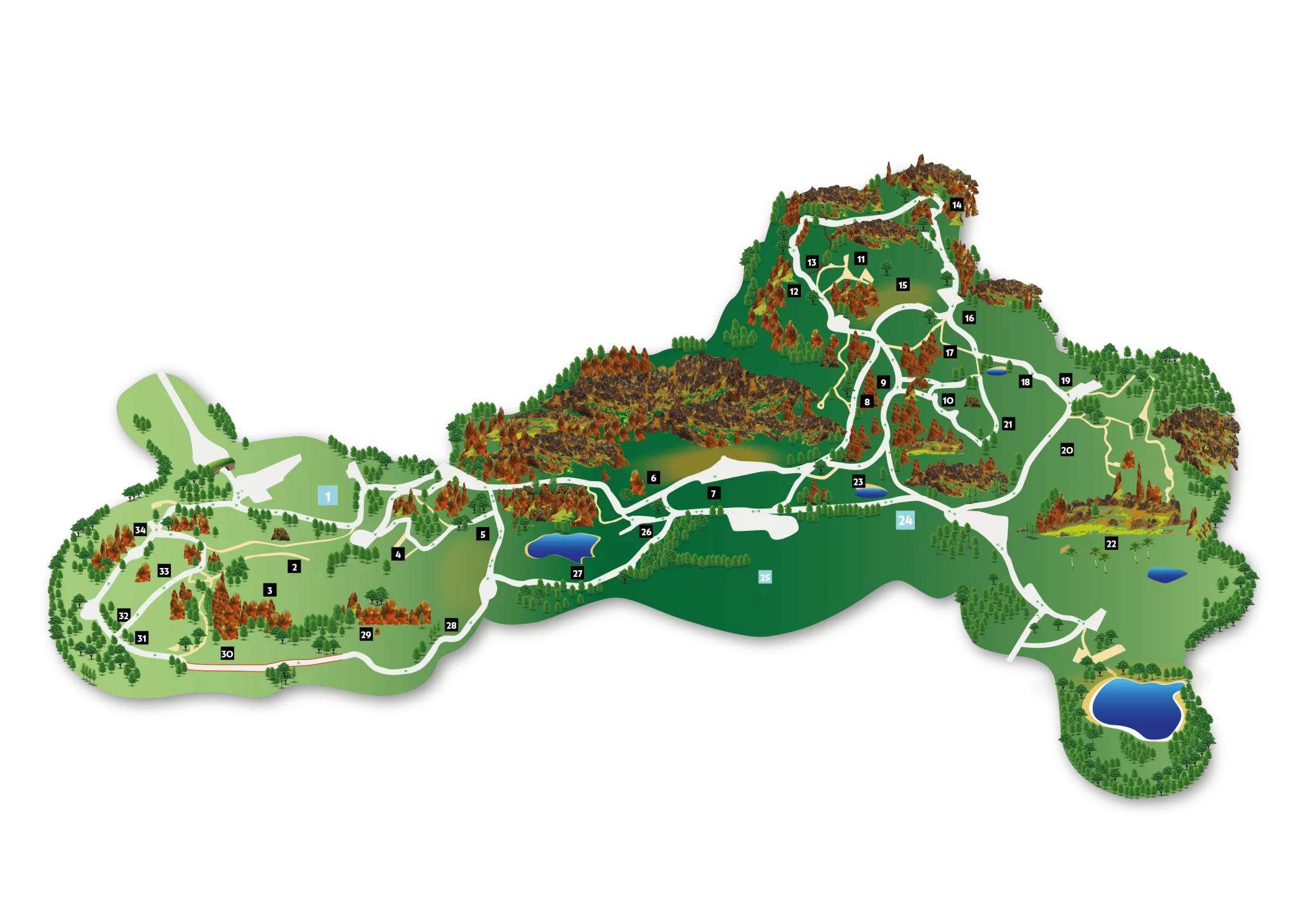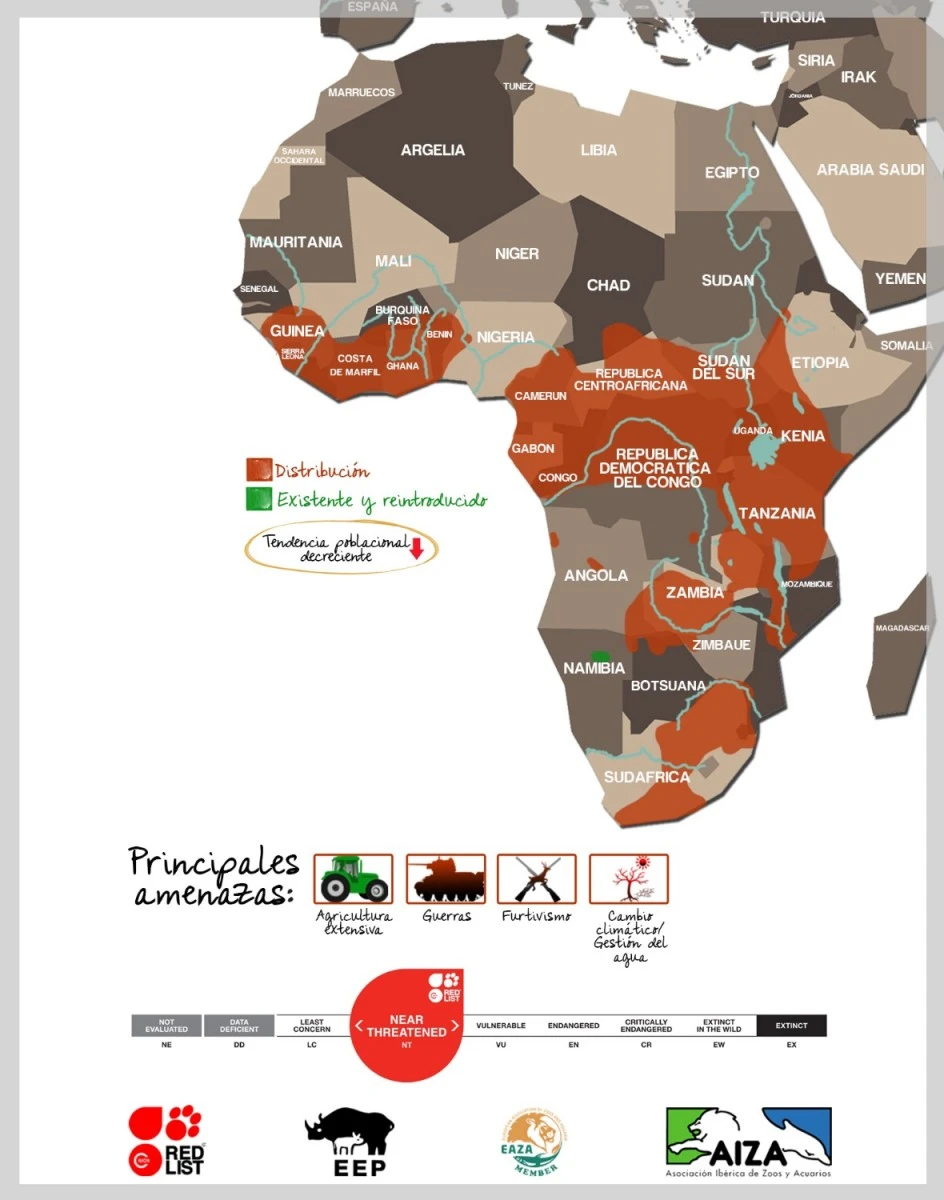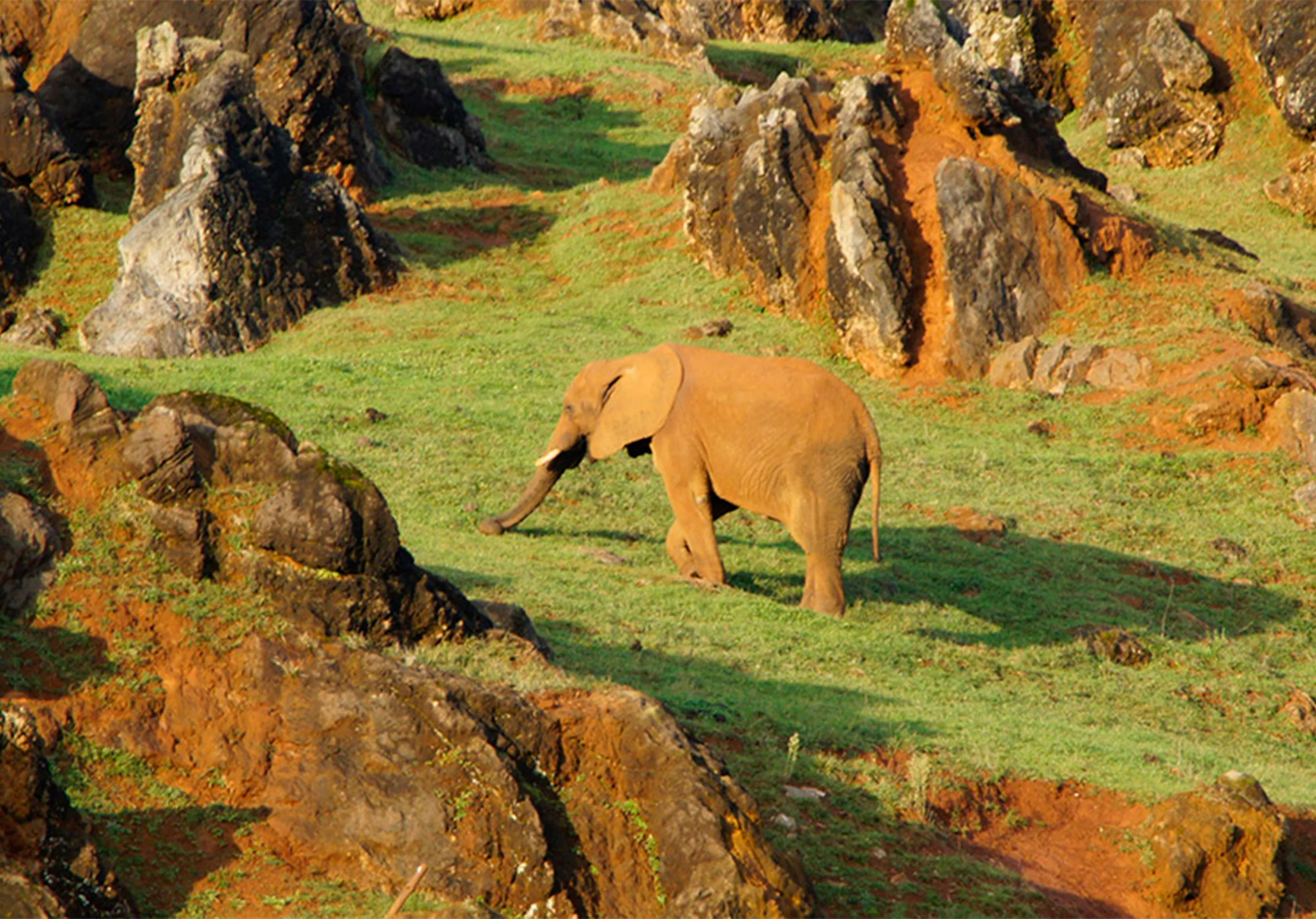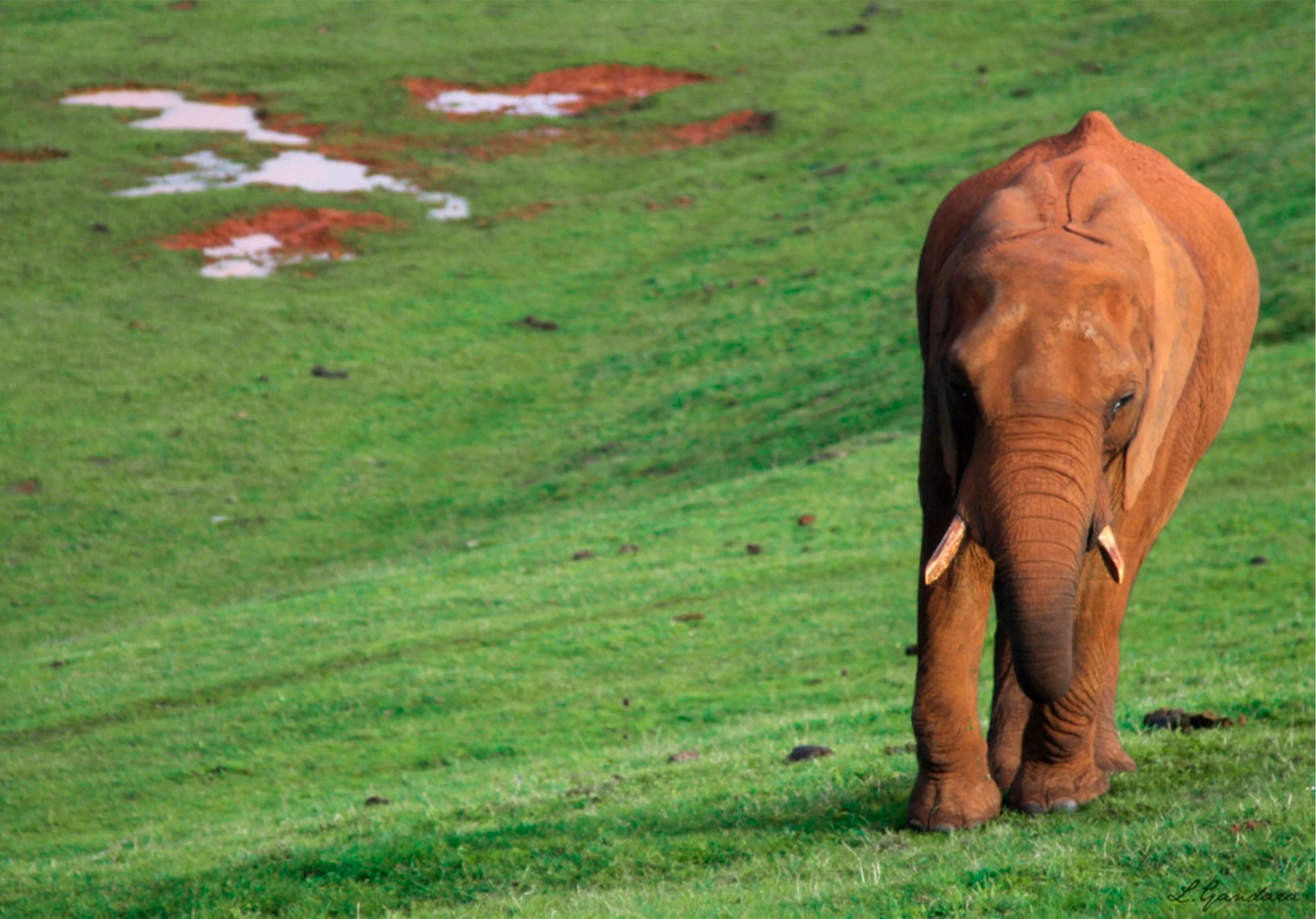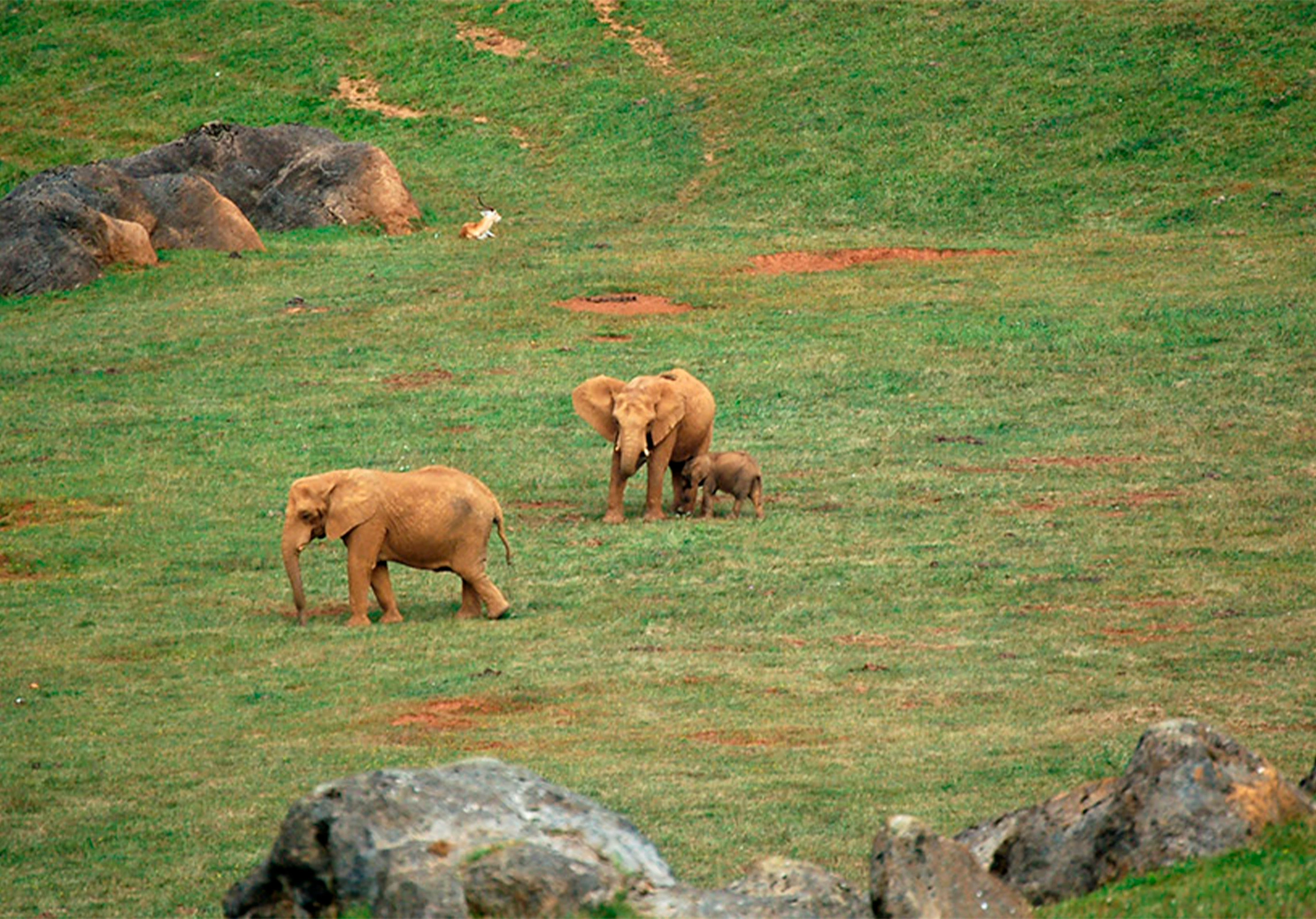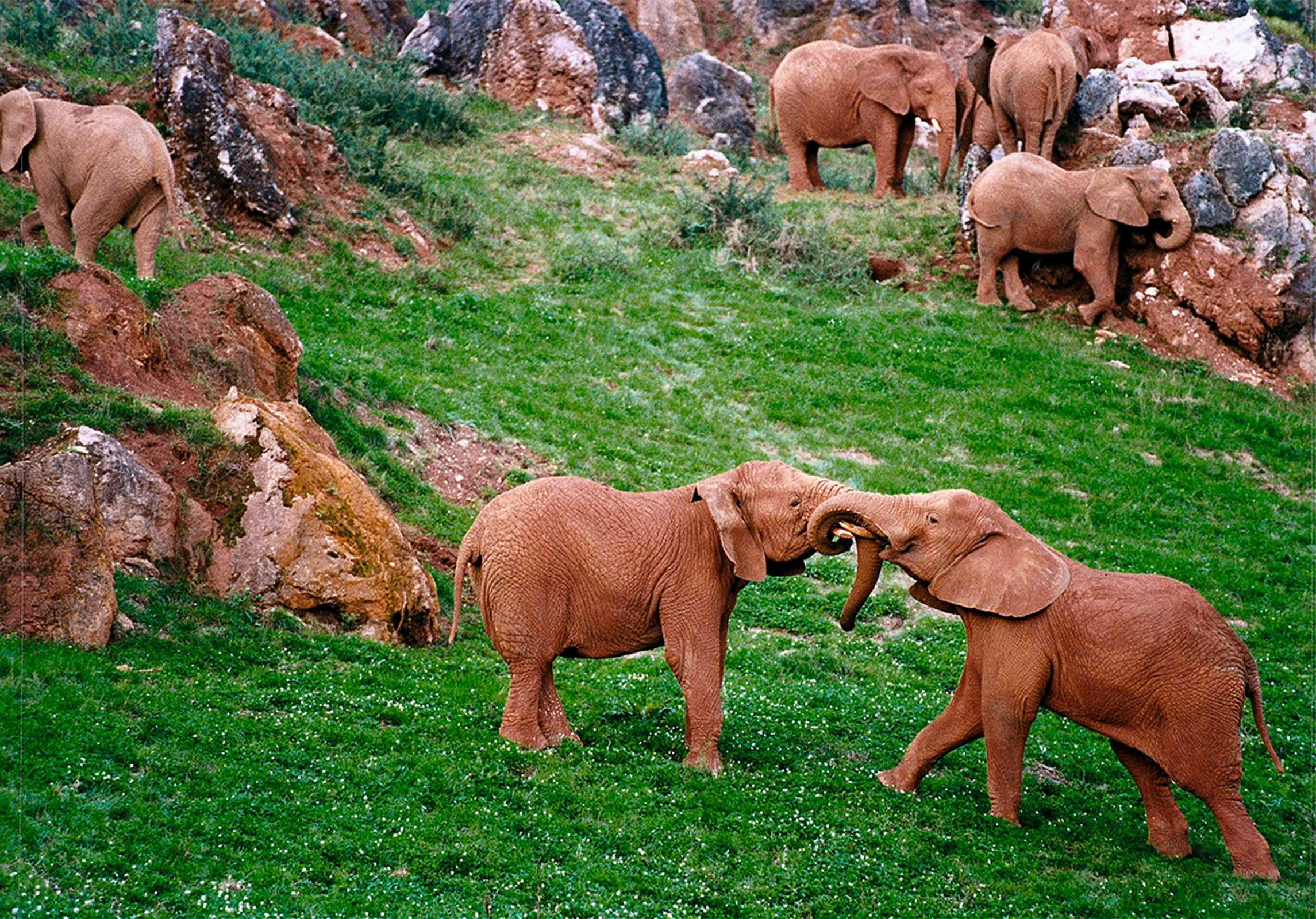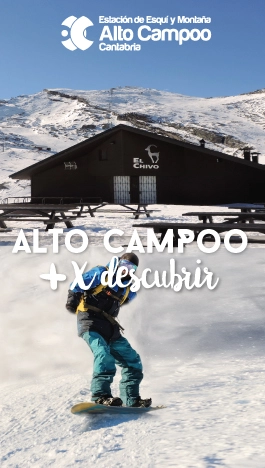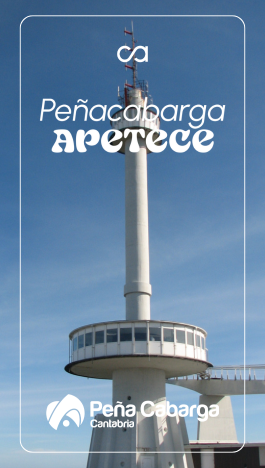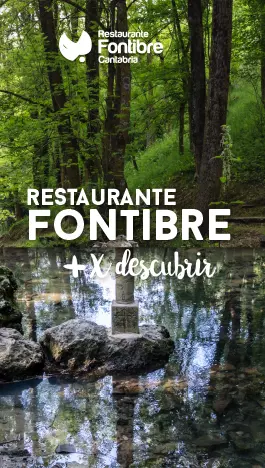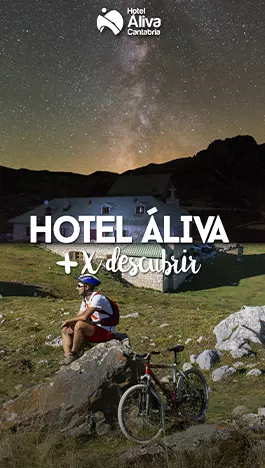
The African elephant is the largest terrestrial mammal, standing out for its size and social complexity. It lives in a matriarchal society, where the oldest female leads the group. This matriarch is in charge of the adult females and young under 14 years old, whom she protects with great dedication from any danger.
The group moves following a hierarchical order in single file, with each member respecting their position according to hierarchy. The group’s movement is determined by the matriarch’s decisions, who guides everyone towards new feeding points or resting areas. To communicate, elephants use a variety of signals, some of which are imperceptible to the human ear due to their low frequency, but which can be heard more than 10 kilometers away.
One of the most notable characteristics of elephants is their trunk, a nasal appendage formed by thousands of muscles and tendons. This grants them incredible strength and precision, allowing them to lift up to a ton of weight. Furthermore, the trunk fulfills multiple functions: it serves for feeding, grooming, smelling, generating sounds, breathing underwater, and even spraying dust or water, with an absorption capacity of up to 16 liters. Unlike the Asian elephant, the African elephant possesses two ‘lips’ at the end of its trunk.
In their large ears, elephants have a network of blood vessels that allows them to regulate their body temperature by circulating blood when these are continuously flapped, functioning as a natural cooling system.
It is common to see elephants at Cabárceno taking mud or water baths that help them both cool down and kill parasites on their skin. For this purpose, they have a pond of five million liters of water. Furthermore, in their desire to de-parasitize themselves, elephants make large holes in the ground with their tusks from where they obtain the mud they throw all over their bodies, something that water buffalo and lechwes also take advantage of, with whom they share an enclosure.
The elephant enclosure at Cabárceno Park occupies 25 hectares and is located near the village that gives the Park its name. Formerly, during iron ore exploitation, this site housed the ‘Alicia washing plant’ and was designated for elephants due to the modifications in the terrain caused by mining, which created a suitable landscape for these animals. Today, this space provides an ideal environment for elephants to live and behave in a similar way to how they would in their natural habitat, a fact evidenced by the high birth rate this species has had in Cabárceno, being the most successful in terms of births in all of Europe.

